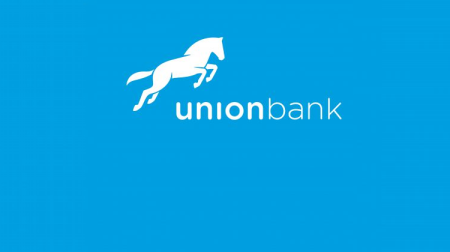Cutix Plc’s Q1 2025 Financial Performance: A Deep Dive into Declining Profitability Amidst Strategic Investments
Cutix Plc, a prominent player in the Nigerian manufacturing sector, recently released its unaudited financial results for the first quarter of the 2025 financial year, revealing a significant decline in profitability despite stable revenue and substantial investments in capital expenditure. The company reported a profit after tax of N56.9 million, representing an 81% drop compared to the N306.7 million achieved during the same period in 2024. This sharp decline raises concerns about the company’s operational efficiency and its ability to translate revenue into profit. While revenue remained relatively stagnant at N3.52 billion, almost mirroring the N3.55 billion generated in Q1 2024, the escalating operational costs and finance charges appear to have eroded the company’s bottom line.
A closer examination of Cutix Plc’s financial statement reveals several contributing factors to the profit downturn. The cost of sales increased to N2.90 billion from N2.75 billion in the corresponding quarter of the previous year, indicating a rise in production expenses despite flat revenue. This could be attributed to factors such as increased raw material prices, higher labor costs, or inefficiencies in the production process. Furthermore, the company’s finance costs more than doubled to N190.8 million, placing a significant strain on profitability. This substantial increase in finance costs warrants further scrutiny, as it suggests a potential rise in debt levels or higher interest rates on existing borrowings.
Despite the challenging profitability landscape, Cutix Plc demonstrated a commitment to long-term growth through significant investments in capital expenditure. The company allocated N193.8 million to capital projects during the quarter, a staggering 1,173% increase from the N15.2 million spent in Q1 2024. This substantial investment primarily focused on enhancing plant, equipment, and technology, signaling a strategic move to modernize operations and potentially boost future production capacity. While these investments are expected to yield positive returns in the long run, they contributed to the short-term decline in profitability.
The company’s balance sheet reveals a mixed picture. Total assets experienced a robust 34% growth, reaching N10.68 billion compared to N7.99 billion in the previous year. This asset growth is likely linked to the significant capital expenditure undertaken during the quarter. However, total liabilities also witnessed a substantial surge, increasing by 73% to N6.44 billion from N3.73 billion. This rise in liabilities, coupled with the increased finance costs, suggests that a portion of the capital expenditure may have been financed through debt, potentially impacting the company’s financial leverage. Despite the significant shifts in assets and liabilities, the company’s net assets remained relatively stable at N4.23 billion, indicating a balanced approach to growth and financial stability.
Analyzing the key profitability metrics, Cutix Plc’s profit before tax plummeted to N86.2 million from N454.7 million in Q1 2024, reflecting the impact of increased costs and finance charges. While income tax expense decreased by 80% to N29.3 million, this reduction was insufficient to offset the decline in pre-tax profit. Consequently, earnings per share dropped significantly to 0.81 kobo from 8.71 kobo in the corresponding period of the previous year, signaling a reduced return for investors. The company’s operating profit also experienced a decline, falling to N275.9 million from N422.6 million, further highlighting the operational challenges faced during the quarter.
Looking at the company’s equity position, total equity remained stable at N4.23 billion. The number of shares in issue increased to 7.05 million units, reflecting the doubling of the paid-up share capital to N3.52 billion. This increase in share capital could be a result of a rights issue or other equity-raising activities, potentially providing the company with additional resources for future investments. In the stock market, Cutix’s share price experienced a decline, closing at 390 kobo during the period, down 24% from 513 kobo in the previous year. This drop in share price reflects investor concerns about the company’s declining profitability. Going forward, Cutix Plc faces the challenge of balancing its strategic investments with the need to improve operational efficiency and control costs to restore profitability and investor confidence. The company’s performance in the coming quarters will be crucial in determining its ability to navigate these challenges and deliver sustainable growth.














